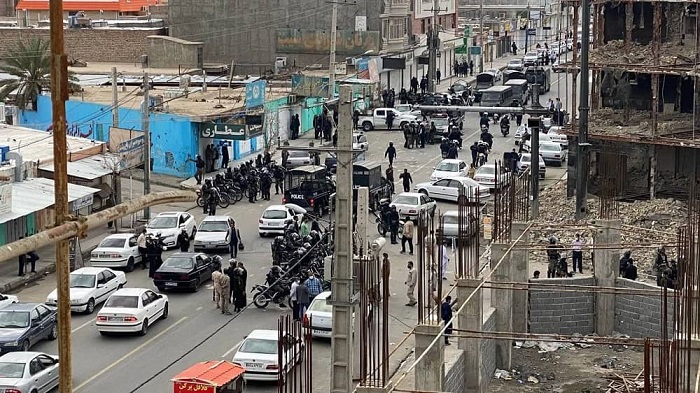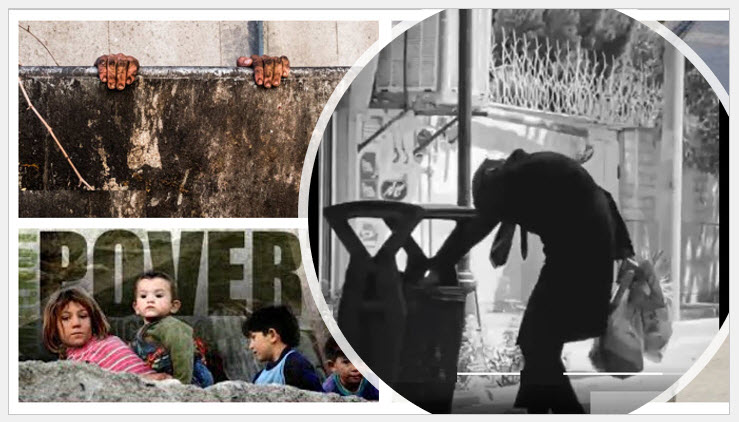
As Iran approaches the first anniversary of the transformative popular uprisings that rippled across the nation and profoundly altered its socio-political fabric, both the public and the government brace themselves in contrasting manners.
The current socio-political climate, marked by an escalation in discontent, provides ample fodder for renewed revolts. persistent grievances from the suppression of political dissent to the decline in civil liberties and widespread censorship have taken a toll. Making matters worse, the regime’s policies have led a significant chunk of Iranians to plummet below the poverty line, causing difficulties in affording housing, energy, transportation, and basic sustenance.
Central to the daily outcries are the skyrocketing prices of essentials, which indirectly increase the costs in various sectors. The ruling clerics, notorious for their desperate grasp on power, continue to deploy innovative methods to drain the common populace’s already strained resources.

Recent admissions reveal that the Raisi administration, grappling with a budget deficit, has been increasing prices, further squeezing the ordinary citizens. Reports from Dideban-e-Iran and the Entekhab website attest to the unbearable economic pressure on ordinary Iranians.
Interestingly, even the tightly monitored state media has found it hard to ignore the palpable distress. Misleading statistics and false accomplishments are the regime’s preferred tools for appeasement. An interview by the state-run ILNA news agency exposed this deception, with Faramarz Tofiqi, a state-affiliated labor activist, accusing the Raisi administration of distorting data and withholding crucial information about soaring food prices.
Another aggravating issue is the stark inequality, with social media revealing the ostentatious lifestyles of the ruling elites. These visuals of luxury starkly contrast the struggles of the common people, fuelling further resentment. As Tabnak, a state-run website warned, while Iranians might accept equitably shared poverty, discriminatory wealth distribution where the elite hoard riches in a resource-rich country, is intolerable.
"No to High Prices"- Uprising, Spreads to Different Cities Across #Iran
The people in many cities, including #Kermanshah, #Qom, #Ahvaz, #Isfahan, #Quchan, #Sari, Qa'mshahr, #Qazvin, #Rasht, #Zahedan, #Hamadan,Khorram-Abad, #Sabzevar and #Bojnourd https://t.co/92hFEPCoKC pic.twitter.com/7ZVjSmlFuB— NCRI-FAC (@iran_policy) December 29, 2017
Given the current circumstances, the regime’s complacency and indifference are worrying. Memories of the December 2017 and November 2019 uprisings, which originated from rising commodity prices, still remain fresh. Masih Mohajeri, a cleric and editor-in-chief of the Jomhouri Eslami newspaper, rightly warned the ruling class of their precarious position, emphasizing the essence of Islamic governance and the consequences of ignoring the needs of the masses.
Iran stands at a crucial crossroads. With the government’s current approach, the coming months might witness a socio-political upheaval that could reshape the nation’s future.
MEK Iran (follow us on Twitter and Facebook), Maryam Rajavi’s on her site, Twitter & Facebook, NCRI (Twitter & Facebook), and People’s Mojahedin Organization of Iran – MEK IRAN – YouTu

